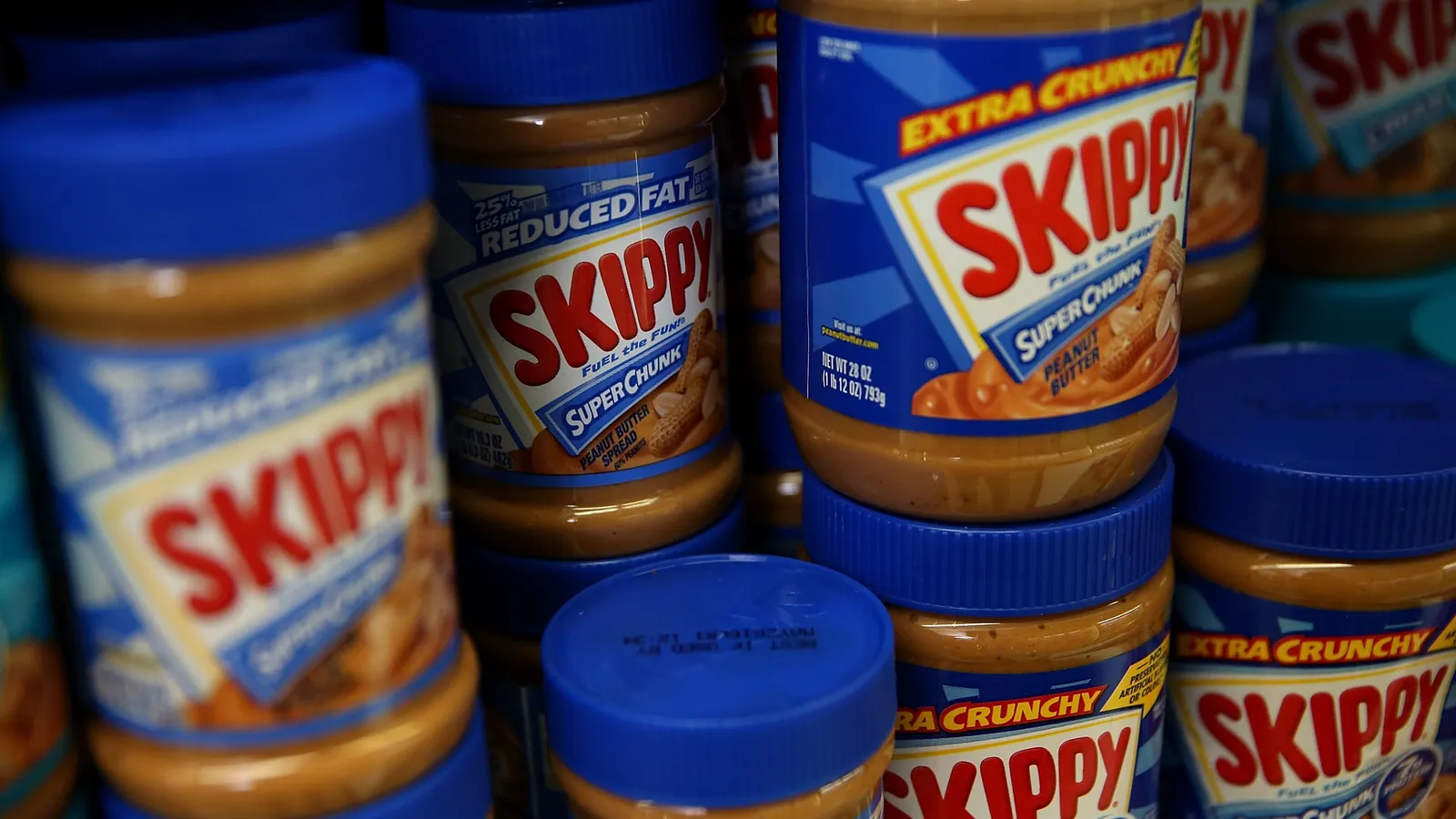You know that moment when you crack open a supermarket marinara? It smells… fine. Nothing offensive. Just fine. But then—and I’m telling you this from experience—you open something that’s actually been made in small batches, where somebody gave a damn about what went into it, and boom. You remember what tomato sauce is supposed to taste like. People pick up on this instantly. There’s no mistaking it.
Mass-produced sauce gets optimized for the weirdest stuff. Shelf life. Looking identical across millions of jars. Keeping costs down. Somewhere in all that, flavor becomes an afterthought—something you patch up with sugar and salt instead of, you know, using good tomatoes. That’s where it all goes sideways.
The Ingredient Problem Nobody Talks About
Big producers grab commodity ingredients from wholesale markets. That’s just how it works when you’re feeding production lines that crank out thousands of jars every day. You’re not getting carefully chosen tomatoes. You’re getting whatever checks the boxes for minimum standards at the right price. Sometimes those tomatoes are decent. A lot of times? They’re not. But the sauce gets made anyway because shutting down a production line burns money.
Small-batch folks do things differently—partly because they have to, partly because they want to. When you’re making a few hundred jars instead of tens of thousands, you can actually be picky about your tomatoes. Vine-ripened at peak freshness isn’t just marketing noise in this case. It’s what separates a sauce that tastes bright and alive from one that tastes like tomato paste desperately pretending to be something it’s not.
Same deal with herbs. Fresh basil, oregano, garlic with some actual character to it. Mass production leans on dried herbs or extracts because fresh stuff creates problems when you’re trying to keep everything consistent at massive scale. Consistency beats quality when you’re shipping to every grocery store in the country, right? Sounds reasonable until you taste what you’ve been eating and realize it’s basically cardboard.
Processing Kills More Than You’d Think
Here’s what most people don’t realize: that jarred sauce? It’s been cooked multiple times before it even hits your pot. Once during prep. Again during canning. Sometimes a third time because high-pressure canning needs specific temps for safety. Every time you heat tomatoes, something dies. That bright, fresh tomato taste gets dulled. The acidity goes flat.
Even expensive mass-produced stuff struggles here. America’s Test Kitchen called it out. Home cooks see it too. You throw together a quick sauce from canned whole tomatoes—literally just tomatoes, garlic, olive oil, maybe basil—and it destroys that eleven-dollar fancy jar every single time. The tomato flavor just sits right there, clear as day, instead of hiding behind sweetness and too much seasoning.
Small-batch makers have an edge because they’re not wrestling with industrial canning the same way. Smaller runs mean you can actually control temperature and timing. Less gap between cooking and jarring means fresher end result. You can taste the difference immediately, honestly.
Read more about homemade vs. store-bought gourmet pasta sauce

The Sugar and Salt Game
Go walk down the pasta sauce aisle and flip over some jars. Six grams of sugar per serving. Eight grams. Sometimes more. Why? Because when processing beats up the tomato flavor, you need something to make the sauce edible. Sugar hides the flatness. Salt tricks your mouth into thinking there’s depth.
Look, this isn’t evil. It’s just problem-solving inside tight constraints. Mass producers work with ingredients and methods that naturally create bland results, so they compensate. Thing is, that compensation causes its own problems. You get this lingering sweetness that doesn’t fit right. Salt levels that make your mouth feel weird halfway through dinner. A flavor profile that’s just one note, seems fine at first but starts bothering you when you think about it.
Good small-batch sauces don’t lean on these tricks as hard. When your tomatoes actually taste like tomatoes and your herbs haven’t been gathering dust in some warehouse for months, you don’t need to dial up the compensation ingredients. The sauce holds its own.
There’s This Texture Thing That’s Tough to Pin Down
Mass-produced sauces throw in thickeners all the time. Xanthan gum pops up constantly. It’s not gonna hurt you—some people with touchy digestive systems might have issues, but most folks are fine. The problem’s the texture itself. This slightly slimy, gelatinous quality. The sauce coats your pasta but doesn’t really grab onto it properly. Looks thick but somehow tastes thin, you see what I’m getting at?
Restaurant sauces and decent small-batch versions build texture through reduction. Through using enough tomato paste. Through the natural pectin you get from properly cooked tomatoes. The mouthfeel’s totally different—way richer, more substantial, like the sauce has real body instead of borrowed thickness from additives.
Chefs pick up on this without even thinking about it. They’ll grab Rao’s or brands like that when they’re pressed for time, specifically because those higher-end options nail the texture in a way that makes people go “damn, this is good” without consciously understanding why.
Control Matters More Than It Sounds
Small-batch production sounds romantic, right? Artisans lovingly crafting each jar by hand. But honestly, the real advantage is boring operational stuff that just makes better products. When you’re working with smaller quantities, you can adjust mid-process. Tomatoes too acidic this week? Fix it. Garlic less punchy than usual? Compensate. Something’s off? You stop, fix it, or trash the batch without losing your shirt.
Mass production can’t move like that. The batch is enormous. Ingredients are already locked in. Quality control happens afterward through spot-checking, not through someone watching the whole process with their hands in it. If something’s wrong, you either take the loss—which, let’s be real, isn’t happening—or you tweak future batches while shipping the current mess anyway.
This flexibility thing reaches into ingredient sourcing too. Small producers build actual relationships with specific farmers and suppliers. They know where their tomatoes come from, who grew them, what that year’s harvest was like. Mass producers need supply chain consistency across multiple facilities, which means standardization wins over quality every damn time.
What Gets Lost When You Scale Up
Olive oil choice seems like a small detail until you realize cheap canola or sunflower oil changes everything about how the sauce tastes. Good small-batch sauces use real olive oil—sometimes the expensive stuff. Mass producers count pennies per jar, and olive oil costs money. Makes sense financially but you end up with sauce that tastes hollow.
Fresh onion versus powdered. Real garlic versus garlic powder. These things pile up. By themselves, maybe you wouldn’t notice. Put them all together and you’ve got something that’s technically marinara but doesn’t taste like anything you’d remember. It’s food-adjacent—meets the bare minimum without actually being enjoyable.
Time’s part of it too. Small-batch producers can let things simmer longer if they need to, let flavors really develop, taste along the way and adjust. Industrial schedules don’t work like that. “Let’s give this another twenty minutes” isn’t an option. The timeline’s the timeline. Output has to match projections. Whatever flavor you get within those limits is what you get.
When Mass Production Actually Works
There are some mass-produced sauces that punch way above their weight. Rao’s gets name-dropped constantly in chef circles because they’ve somehow figured out how to keep quality at bigger scale. Their texture’s solid. The flavor tastes like somebody actually cared. But look at the price—eight to twelve bucks for a jar, depending where you shop. They’re not just optimizing for cheap.
Trader Joe’s marinara does surprisingly well in taste tests even though it’s a house brand, mostly because they’re willing to use decent ingredients and not beat everything to death with processing. The texture’s not perfect and it’s missing some complexity, but it’s honest food at a fair price. Sometimes that’s all you need.
These outliers prove the rule though, you know? Most mass-produced sauce sits somewhere between mediocre and straight-up bad because the money side pushes toward cutting costs at every turn. Better tomatoes cost more. Fresh herbs cost more. Extra cooking time costs more. Tighter quality control on smaller batches costs more. The market wants cheap sauce, so that’s what gets made.
Let’s Be Real About Home Cooking
Here’s what nobody wants to admit: making sauce from scratch takes maybe twenty minutes of actual work. Canned whole tomatoes, fresh garlic, olive oil, basil if you’ve got it, salt and pepper. Let it simmer thirty minutes total, break up the tomatoes while they cook. You’ve now got sauce that beats ninety percent of what’s in stores.
This isn’t some culinary skill thing or precious foodie nonsense. It’s basic cause and effect. Fresh ingredients, minimal messing around, cooking to suit what you like instead of what the average person supposedly wants and what’ll last on a shelf. The results are just there.
But people are exhausted. Long work days. Kids running around. Cooking from scratch every night? Not realistic. That’s exactly why good small-batch sauce matters. It’s the sweet spot between doing everything yourself and settling for sauce that tastes like sweetened tomato paste with herbs it maybe met once at a party.
How to Spot the Real Deal
Labels tell you part of the story. Ingredient list should be short and stuff you recognize. Tomatoes. Olive oil. Onions. Garlic. Herbs. Maybe salt. You start seeing “natural flavors” and “modified food starch” and you’re probably looking at mass-produced trying to dress up as premium.
Price hints at quality but doesn’t seal the deal. Good small-batch sauce costs more because quality ingredients cost more and smaller runs bump up the per-jar cost. But expensive doesn’t automatically mean good—plenty of overpriced garbage out there. You’ve still gotta taste it.
The real test comes when you open the jar. Does it smell like actual tomatoes and herbs, or does it smell like… sauce? You know that generic pasta-sauce smell that’s vaguely Italian but not really anything specific? Fresh ingredients smell distinct. Processed stuff all smells basically the same.
Then heat it up and taste it straight, no pasta involved. Good sauce should taste good by itself—rich, balanced, clear tomato flavor with herbs you can actually identify instead of generic “Italian seasoning” blur. If it needs pasta to be edible, if it tastes flat or weirdly sweet or just one-dimensional, you’re dealing with mass-produced even if the label’s trying to convince you otherwise.
The Sustainability Thing
Small-batch production uses fewer resources per batch but more per jar. It’s better for sustainable ingredient sourcing—tighter relationships with suppliers, more transparency, less waste from quality problems. But it’s worse for energy use per jar produced.
Mass production’s more efficient from a pure resource angle—one massive batch uses less energy per jar than ten small ones. But then you’ve got waste from quality issues, overproduction that ends up unsold, transportation costs for huge distribution networks. These things muddy the picture.
Neither approach nails sustainability perfectly. Small-batch leans toward better practices because the scale lets producers pay closer attention and, honestly, they usually care more about this stuff. Mass production could be sustainable with enough investment, but the money side keeps pushing toward volume over quality at every decision point.
Picking What Works for You
Nobody should feel bad about buying whatever sauce fits their budget and schedule. Food guilt’s pointless. But understanding what actually separates these options helps you make real choices instead of just grabbing whatever’s on sale.
If you can swing small-batch sauce and quality matters to you, spend the extra few bucks. The flavor difference is real. If money’s tight, knowing which mass-produced brands do better work matters—Rao’s for when you’re splurging, Trader Joe’s for everyday, maybe just learning to jazz up cheap sauce with fresh garlic and basil.
The core thing isn’t that mass production’s evil or small-batch is pretentious. It’s that they’re built for different goals, and flavor usually takes the hit in mass production. Understanding why—the ingredient choices, the processing demands, the economic pressure—that makes you someone who actually knows what they’re buying instead of just having this vague sense that homemade’s probably better.
Good food matters. Not in some abstract, aspirational way, but in the daily reality of eating meals that actually taste like something. Small-batch marinara won’t revolutionize your life. But it might shift dinner from something you push through to something you genuinely enjoy. After enough meals, that difference adds up to something real.






